Forestry Markets: Timber, Logs, Lumber, and Pulpwood Overview
- August 22, 2024
- 0 comment
Forestry markets form a vital backbone of the global economy, influencing everything from construction to the paper industry. These markets are segmented into key areas: timber, logs, lumber, and pulpwood, each playing a crucial role in sustainable forest management and economic development. Understanding these segments is essential for grasping the broader impact of forestry on both local and global scales.
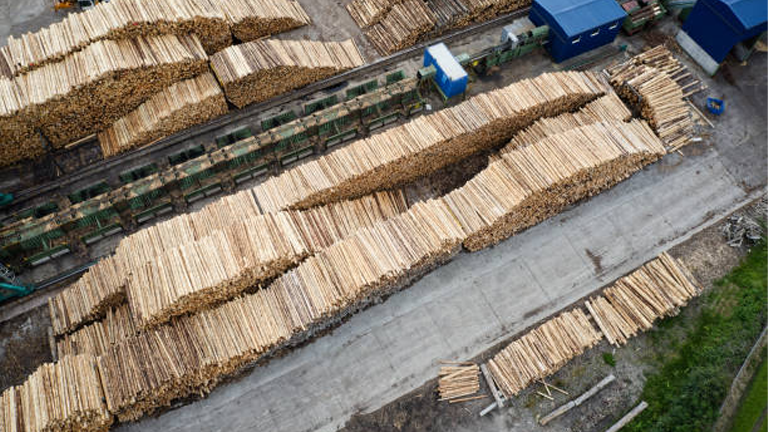
Table of Content
- The Timber Market: Dynamics and Trends
- Logs and Lumber: From Forest to Market
- Pulpwood: The Foundation of the Paper Industry
- The Economic and Environmental Impact of Forestry Markets
- FAQs
The Timber Market: Dynamics and Trends
Global Timber Market Overview
The global timber market is shaped by a complex interplay of factors, including production trends and demand across various regions. In North America, timber production is heavily influenced by both the construction and paper industries, driving consistent demand. Europe, with its rich history of forestry management, has seen a steady rise in sustainable practices, while Asia’s rapidly growing economies, particularly China, fuel an ever-increasing need for timber. Emerging markets in Africa and South America are also becoming significant players, offering untapped resources and new opportunities for timber exports.
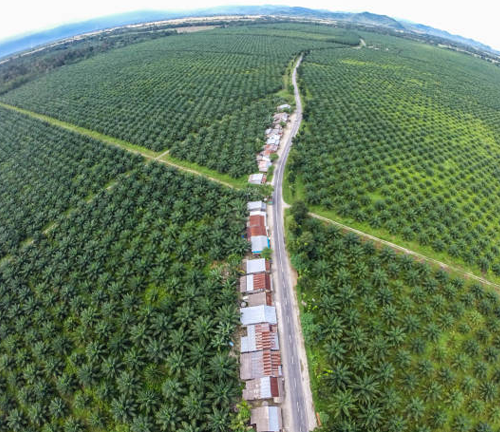
Factors Influencing Timber Prices
Timber prices are subject to various influences, from economic indicators like GDP growth and housing starts to more unpredictable factors such as climate impacts and forest policies. Technological advancements in timber harvesting, including the use of drones and automated machinery, have improved efficiency but also introduced new variables into pricing. Additionally, forest policies and environmental regulations can either bolster or restrain market activities, depending on the region and its commitment to sustainable practices.
Sustainable Timber Harvesting Practices
Sustainability has become a cornerstone of the timber market, with certification programs like the Forest Stewardship Council (FSC) and the Programme for the Endorsement of Forest Certification (PEFC) playing pivotal roles. These programs ensure that timber is harvested in ways that protect ecosystems, promote biodiversity, and support the long-term viability of forests. By adhering to these standards, companies not only contribute to environmental conservation but also maintain market stability by ensuring a steady, responsibly managed supply of timber.
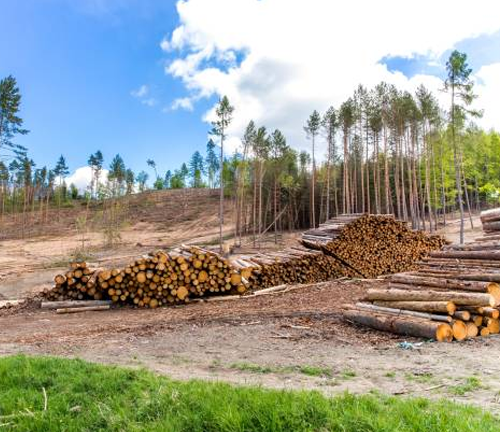
Logs and Lumber: From Forest to Market
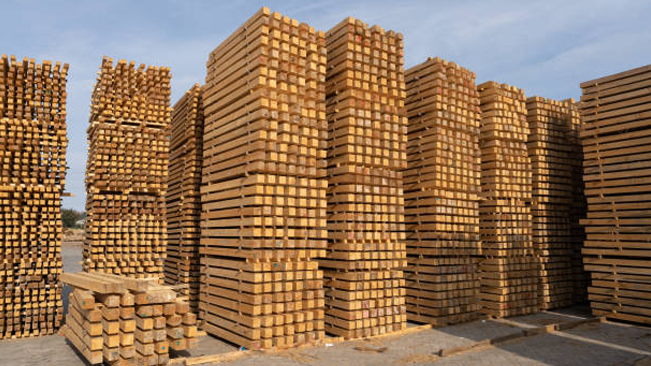
The Process of Logging and Lumber Production
The journey from tree to market is a detailed process involving several critical steps. Logging begins with tree felling, where precision and safety are paramount. Once felled, the logs are transported to sawmills, where they are processed into lumber. The type of lumber produced depends on the quality and type of log—saw logs are often used for construction-grade lumber, while veneer logs may be turned into high-quality plywood.
Market Segmentation: Logs vs. Lumber
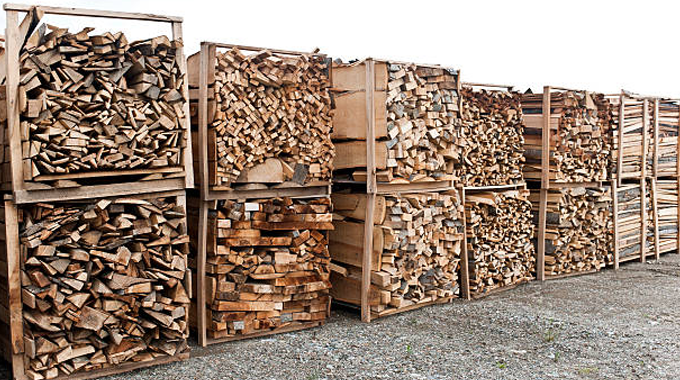
The distinction between raw logs and processed lumber is significant within the market. Logs, often sold in their raw form, are valued based on factors like size, species, and quality. In contrast, lumber, which has been processed and cut to specific dimensions, commands a different market, with demand varying by grade and type. Construction, furniture making, and other industries all drive the demand for different kinds of lumber, influencing market segmentation and pricing.
Pricing and Market Factors
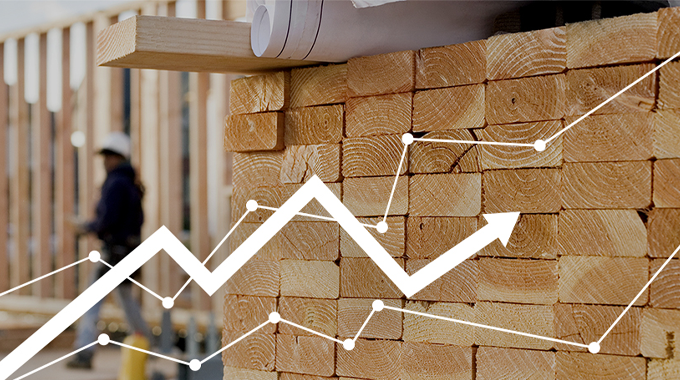
Log and lumber prices are determined by a combination of factors including production costs, market demand, and logistical considerations like transportation and milling. The accessibility of markets also plays a role—regions with well-developed infrastructure can more easily transport logs and lumber, affecting both availability and cost. Additionally, global trade dynamics, such as tariffs and trade agreements, can significantly influence pricing, especially in regions heavily reliant on imports or exports.
International Trade of Logs and Lumber
International trade in logs and lumber is a dynamic component of the forestry market, with key exporting countries like Canada, Russia, and the United States supplying large volumes to importing regions such as China, Japan, and the European Union. Trade regulations, including tariffs and quotas, impact this flow, shaping the global landscape of supply and demand. As markets evolve, so too do the trade relationships that underpin the forestry industry, often reflecting broader economic and political trends.
Pulpwood: The Foundation of the Paper Industry
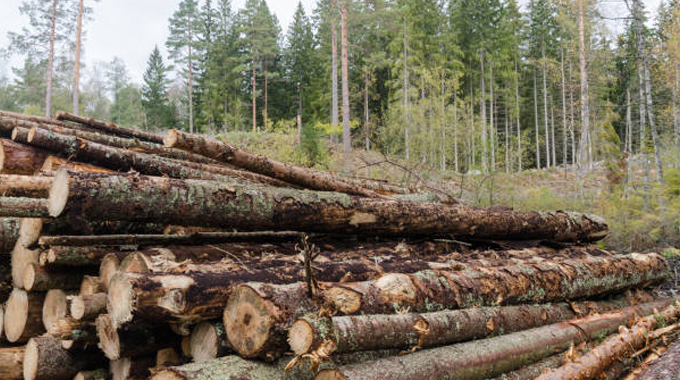
What is Pulpwood?
Pulpwood, typically derived from smaller, less valuable trees, is the raw material used in the production of paper and related products. This segment of the forestry market includes a variety of tree species, with softwoods like pine and spruce being the most common. The characteristics of pulpwood—its fiber length, density, and strength—determine its suitability for different types of paper products.
Pulpwood Market Dynamics
The global pulpwood market is driven by the demand for paper, packaging, and related products. Countries like Brazil, Canada, and those in Scandinavia dominate this market, thanks to their vast forest resources and well-established industries. Supply and demand dynamics in these regions significantly influence global prices, with fluctuations often tied to broader economic trends and technological advancements in paper production.
The Role of Pulpwood in the Forestry Sector
Pulpwood plays a critical role in forest management, often being harvested as part of thinning operations that help maintain the health and productivity of forests. By removing smaller, less valuable trees, foresters can encourage the growth of larger, more valuable timber, ensuring a balanced ecosystem. Environmental considerations, such as the impact of pulpwood harvesting on biodiversity and soil health, are increasingly important, driving efforts to develop more sustainable practices.
Future Trends in the Pulpwood Market

Looking forward, the pulpwood market is expected to evolve with innovations in pulp and paper technology. The shift towards sustainable and recycled pulp products is gaining momentum, driven by both environmental concerns and consumer demand for greener alternatives. This trend is likely to reshape the market, encouraging the development of new technologies and practices that reduce environmental impact while meeting global demand.
The Economic and Environmental Impact of Forestry Markets
Economic Contributions of Timber, Logs, Lumber, and Pulpwood
The forestry markets contribute significantly to the global economy, providing jobs, supporting local economies, and contributing to GDP. The interconnectedness of timber, logs, lumber, and pulpwood markets ensures a wide-reaching impact, influencing everything from construction and manufacturing to paper production and energy. This economic contribution underscores the importance of sustainable management to maintain the viability and profitability of these markets.
Environmental Impact and Sustainability
Forestry markets have a profound impact on the environment, both positive and negative. On one hand, these markets drive deforestation and habitat loss when managed unsustainably. On the other, they can support conservation and reforestation efforts when aligned with sustainable practices. Balancing market demand with environmental stewardship is crucial to preserving the health and productivity of the world’s forests for future generations.
Challenges and Opportunities
The forestry markets face several challenges, including climate change, shifting policy landscapes, and the need for sustainable practices. However, these challenges also present opportunities for innovation and growth. Developing new technologies, embracing sustainable practices, and adapting to changing market demands can help ensure the long-term success of forestry markets, benefiting both the economy and the environment.
Frequently Asked Questions (FAQs)
1. What are the main segments of forestry markets?
The main segments of forestry markets include timber, logs, lumber, and pulpwood. Each segment plays a crucial role in the economy and forest management.
2. How does the global timber market impact the economy?
The global timber market significantly contributes to the economy by supporting industries like construction, paper production, and furniture manufacturing. It also provides jobs and drives regional economic growth.
3. What factors influence timber prices?
Timber prices are influenced by a variety of factors including economic indicators (like GDP and housing starts), climate conditions, forest policies, and advancements in harvesting technology.
4. What is the difference between logs and lumber?
Logs are raw, unprocessed wood directly harvested from trees, while lumber is processed wood that has been cut to specific dimensions and is ready for use in construction and other applications.
5. How are log and lumber prices determined?
Prices are determined by factors such as production costs, market demand, transportation, milling efficiency, and the accessibility of markets. International trade regulations and tariffs also play a significant role.
6. What is pulpwood and how is it used?
Pulpwood refers to smaller trees or parts of trees used primarily in the production of paper and paper products. It forms the base material for making pulp, which is then processed into paper.
7. What role does pulpwood play in forest management?
Pulpwood harvesting is often part of forest thinning operations, which help maintain forest health by removing smaller, less valuable trees, promoting the growth of larger timber, and supporting sustainable forest management.
8. What are the environmental impacts of forestry markets?
Forestry markets can have both positive and negative environmental impacts. While unsustainable practices can lead to deforestation and habitat loss, sustainable management practices can support conservation, reforestation, and biodiversity.
9. What are the key challenges in the forestry markets?
Key challenges include climate change, evolving forest policies, and the need for sustainability. These challenges require innovation and adaptation to ensure the long-term viability of forestry markets.
10. How can sustainable practices benefit forestry markets?
Sustainable practices help maintain market stability, ensure long-term resource availability, and contribute to environmental conservation. Certifications like FSC and PEFC promote responsible forestry management, benefiting both the market and the environment.

Gilbert Griffin
Forestry AuthorGilbert Griffin is a forest management expert specializing in sustainable practices, forest health, conservation, and land management. With extensive knowledge in pest control, disease management, and habitat restoration, Gilbert develops strategies to preserve forest ecosystems and biodiversity. Passionate about the natural world, Gilbert adapts to changes in forest management and stays updated through continuous learning. Gilbert also provides seasonal advice to optimize forest care throughout the year.











Leave your comment